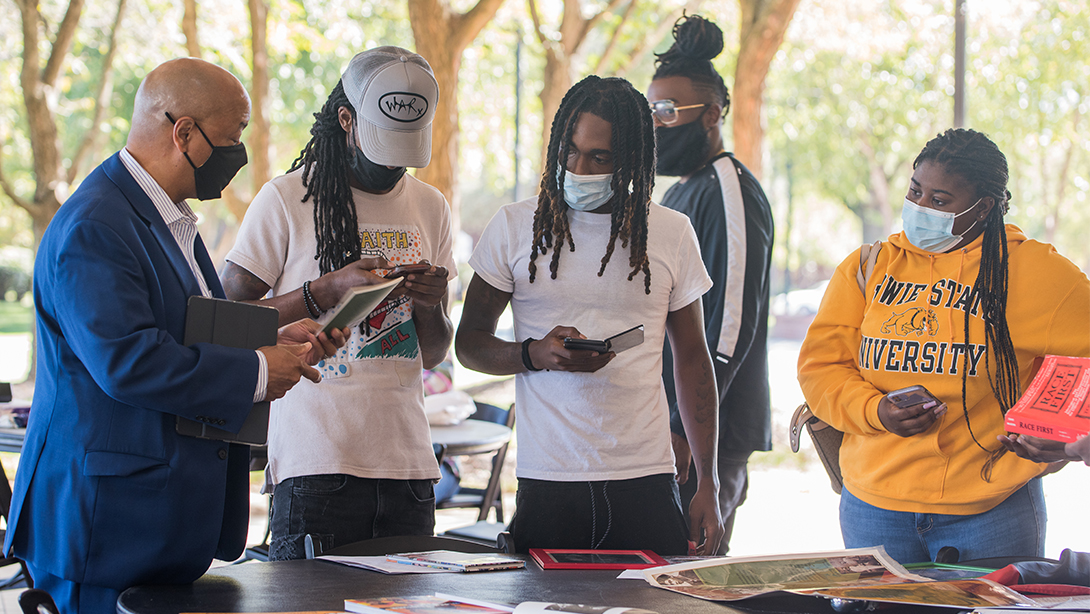Teach in Scholars Studio
Teach in Scholars Studio

Bowie Man: Black Men in Education launch
A learning community is a high-impact practice designed to improve student success by offering engaging, interdisciplinary, and inspiring study. Alexander Meiklejohn founded the first learning community in the early twentieth century at the University of Wisconsin's Experimental College. About forty years later, Joseph Tussman began an experimental college at the University of California at Berkeley. In the 1970s, Evergreen State College in Washington and Hampshire College in Massachusetts promoted interdisciplinarity, community, and opportunities to pursue the questions and issues that held the most meaning for them. One hundred years after Meiklejohn began his experiments in learning in Wisconsin, a once uncommon pedagogical practice has become routine.
Generally, a learning community is an approach to learning in which a cohort of students takes two or more courses designed around a common theme or question. In their study of 365 university learning communities, Zhao and Kuh found that learning communities improve "student academic performance, integration of academic and social experiences, gains in multiple areas of skill, competence, and knowledge, and overall satisfaction with the college experience" (130-31). The positive effects of learning communities linger well beyond first-year participation, continuing through students' matriculation (Otto et al. 2). Additional studies show that learning communities benefit students who are underprepared for college inquiry and need explicit and accessible support. They positively affect persistence, retention, grades, and engagement (Otto et al. 3).
There is a wide variety of learning community models. Some approaches include mandatory participation by first- and second-year students, living-learning communities, writing-centered communities, social justice-oriented communities, and communities driven by student majors or desired professions. Although some students push back against learning communities, claiming they are too reminiscent of high school, many students find communities where there is close collaboration among faculty and strong communication with students to be strengthening and embracing (Otto et al. 8).
A common aspect of learning communities is the opportunity for students to know and be known by their professors. This practice allows first students to feel safe, supported, and recognized as individuals. Learning communities tend to focus on active and deep learning, diversity, and curricular integration. Active learning focuses on problem-based learning, group projects, community service, and undergraduate research projects. Deep learning is learning in which students link their prior experiences to their studies and connect concepts and facts to their lives. Learning communities tend to be highly impactful for first-generation students. Learning communities emphasize strong alignment between activities, student learning outcomes, intercultural knowledge, teamwork, and assessment. Additionally, learning communities offer opportunities for individual learning and collective growth.
